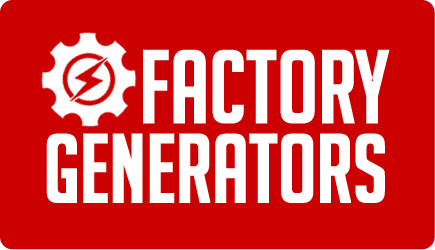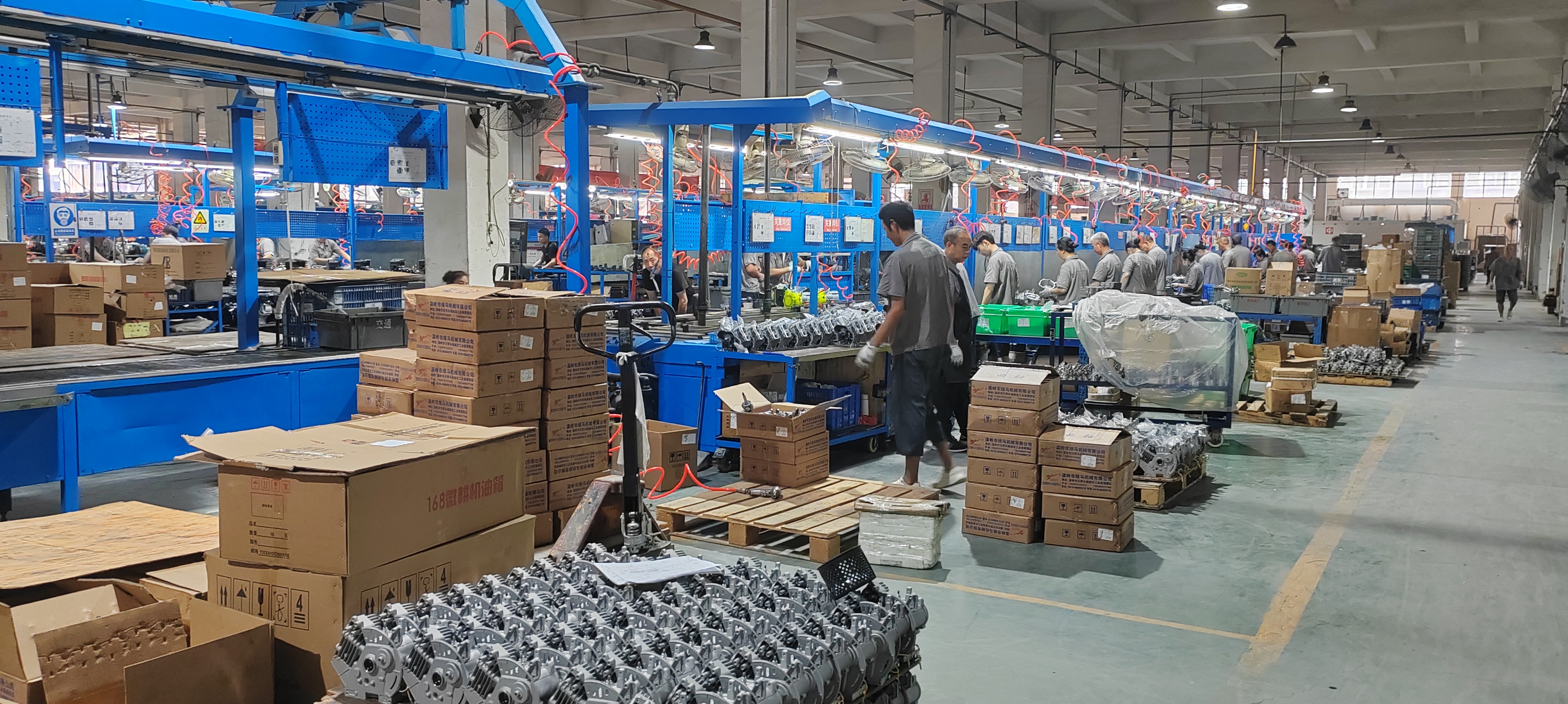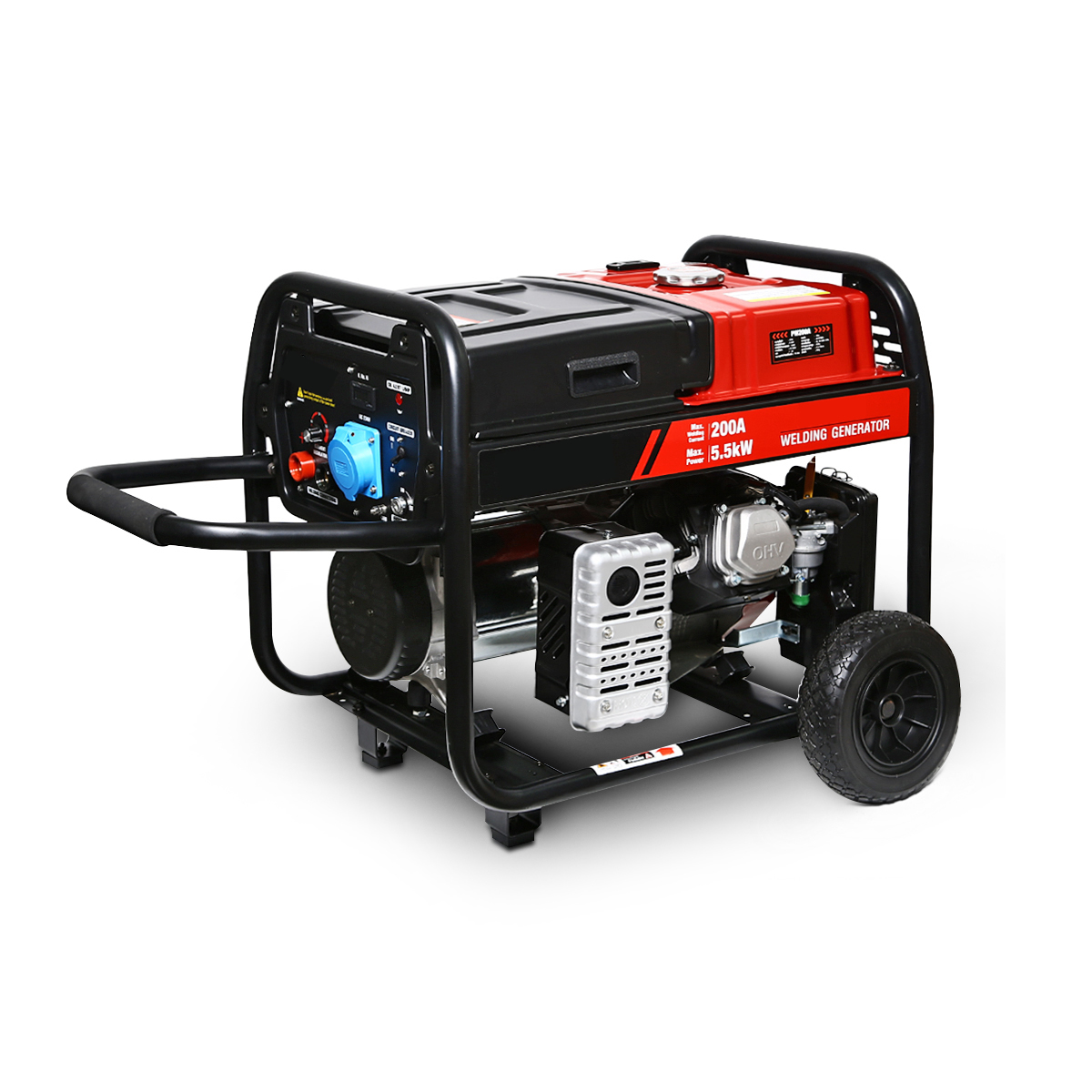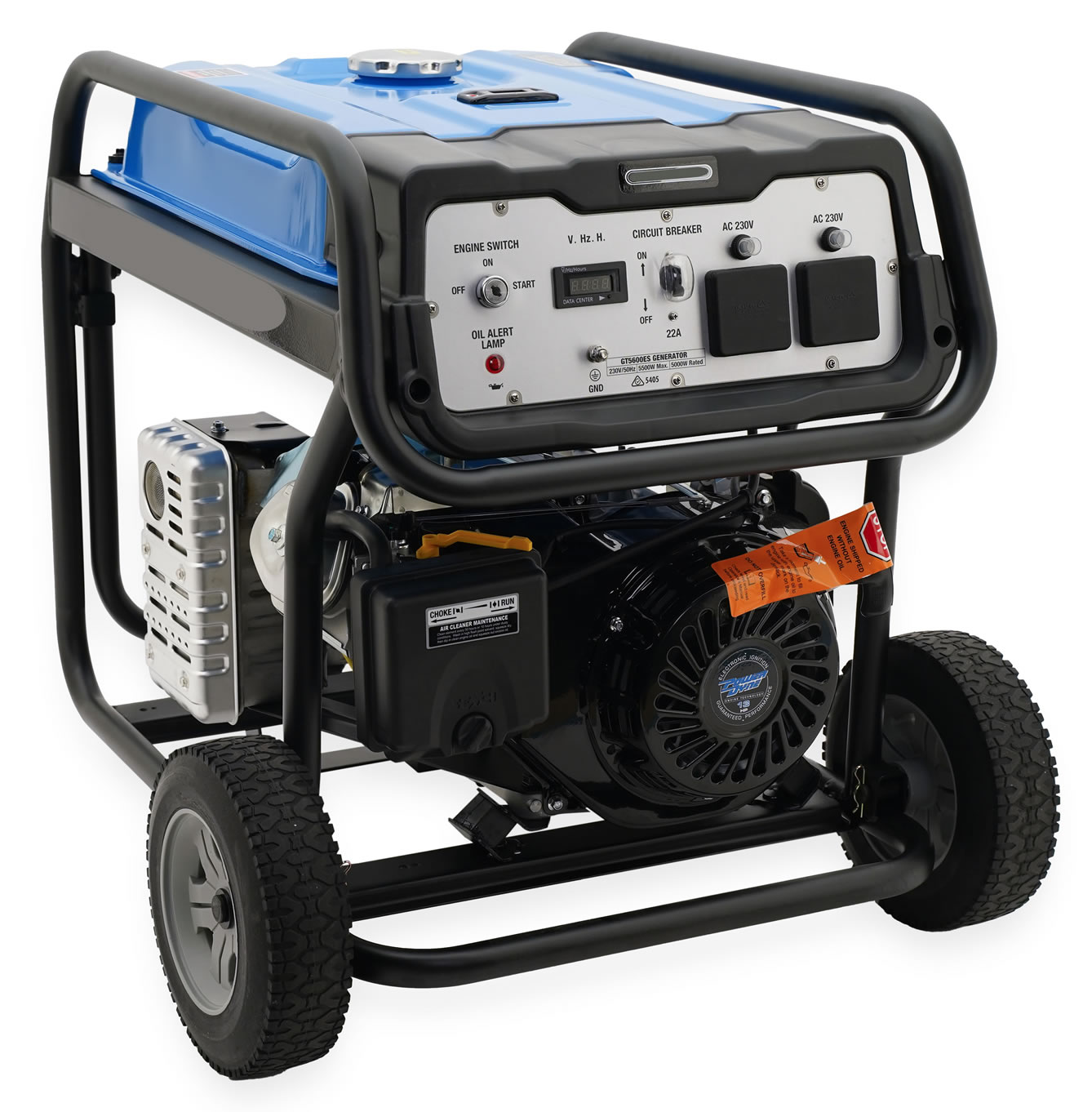Of course. Here is the expert-level, in-depth article on the critical mistakes to avoid when sourcing generators from China, advised by FactoryGenerators.COM
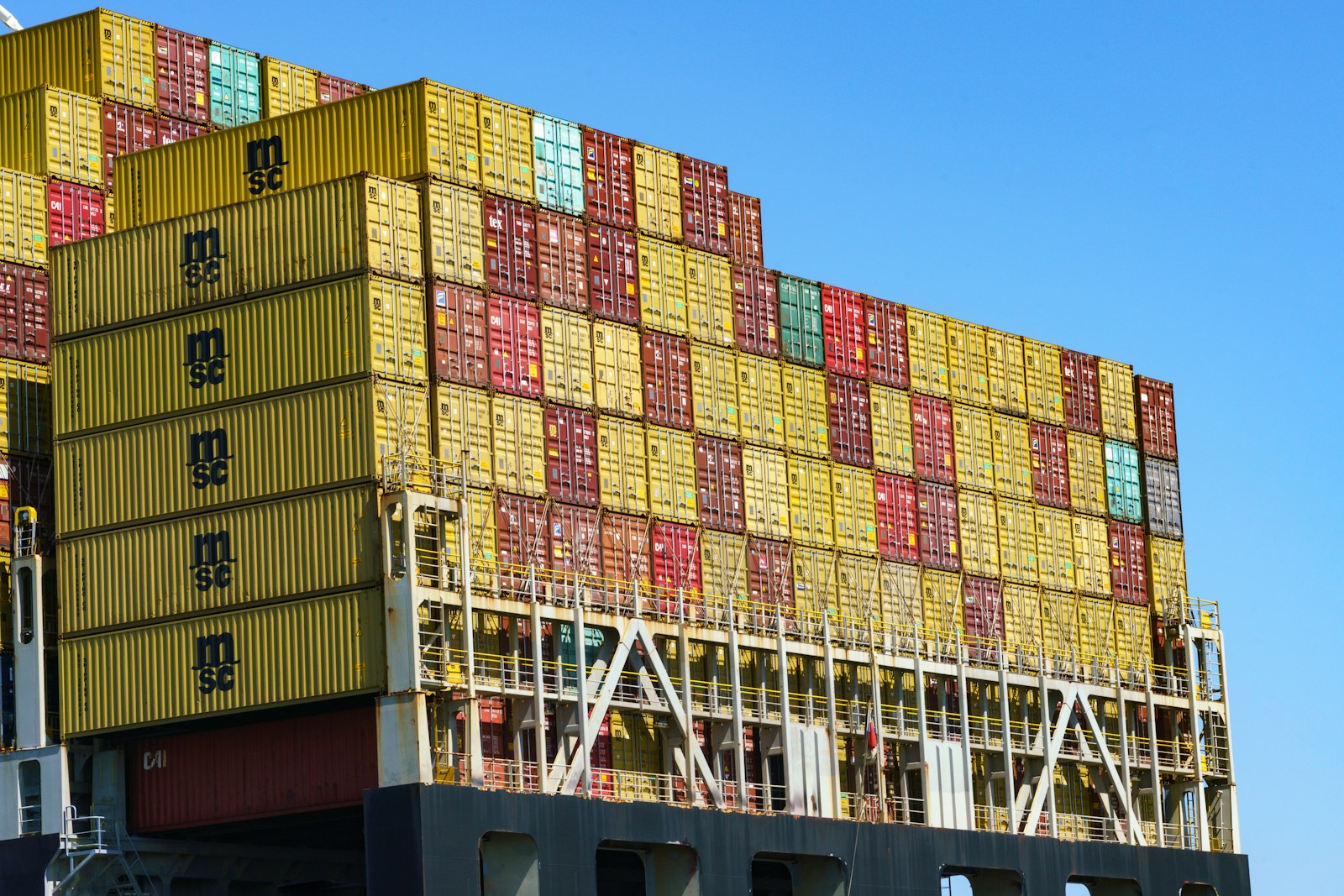
The Top 5 Mistakes to Avoid When Importing from China Generator Suppliers
The global marketplace for generators is a multi-billion-dollar colossus, and at its very epicenter lies the manufacturing powerhouse of China. For decades, businesses have been drawn to its shores, lured by the promise of incredible production scale and cost efficiencies that can turn a fledgling import business into a dominant brand. I’ve walked the sprawling factory floors in Guangzhou, navigated the complex supply chains of Jiangsu, and helped build brands that now sell thousands of units a month.
But I’ve also seen the other side. I’ve seen containers seized at the port for fake certifications, mediated disputes over entire shipments of defective units, and watched promising businesses crumble because they fell for a handful of classic, avoidable traps.
The line between a seven-figure success story and a warehouse full of high-priced scrap metal is dangerously thin. It is defined not by luck, but by process. Sourcing from China is not a simple transaction; it is a complex discipline that rewards diligence and mercilessly punishes assumption.
This is not another generic listicle. This is a battle-tested roadmap, forged from years of experience, designed to help you navigate the treacherous waters of international sourcing. Avoid these five catastrophic mistakes, and you will not only protect your capital but also lay the foundation for a truly resilient and profitable generator business.
Mistake #1: Being Seduced by the “Too Good to Be True” Price
This is the oldest trap in the book, and yet, it ensnares countless importers every year. You send out ten inquiries for a 5kW portable generator. Nine quotes come back within a 10-15% price range of each other. But one quote is a staggering 30% lower. The temptation is immense. You imagine your profit margins, the competitive edge you’ll have. This is not a bargain; it’s a warning flare.
In a mature market like generator manufacturing, price is a direct reflection of component choice and quality control. There is no secret sauce that allows one factory to be dramatically cheaper than another. That 30% saving isn’t coming from their efficiency; it’s being stripped out from the very heart of the machine.
The Anatomy of a Deceptively Cheap Generator:
- The Alternator Winding Scam: The single biggest cost-cutting measure is replacing 100% copper windings in the alternator with Copper-Clad Aluminum (CCA). Aluminum is far cheaper but has 61% of the conductivity of copper. A CCA alternator will overheat faster, fail under sustained load, and deliver unstable voltage that can fry sensitive electronics. A supplier will never advertise this. You have to specifically demand—and verify—100% copper.
- The Engine Lottery: The engine is the generator’s soul. A low-cost supplier will use no-name, bottom-tier engine clones made with inferior metal alloys and looser tolerances. These engines run rough, burn oil, and have a fraction of the operational lifespan of a reputable engine. For a slightly higher cost, a quality supplier will use engines from established Chinese manufacturers like Loncin, Zongshen, or Rato—companies that have their own reputations to protect.
- Phantom Quality Control (QC): A robust QC process costs money. It requires calibrated equipment like load banks, oscilloscopes, and sound meters, and it requires paying technicians to test every single unit before it leaves the factory. The low-cost supplier skips this. They might test one in fifty units, or none at all. Their QC process is a line item they’ve deleted to win your order.
The Real Math: Total Cost of Ownership (TCO)
The FOB price is only one part of the equation. The true measure is the Total Cost of Ownership. A generator that costs you $200 but has a 15% failure rate is far more expensive than a $240 generator with a 1% failure rate. When you factor in the cost of shipping replacements, customer service hours, warranty claims, and the irreversible damage to your brand’s reputation, that initial “bargain” becomes a business-ending liability.
A brand built for the long term, like FF Generators, establishes its reputation not on being the cheapest, but on delivering a predictable and verifiable TCO. The strategy is to engineer costs out where possible, but never at the expense of core components. Insisting on fundamentals like 100% copper alternators and reputable engines is the first and most critical step in building a product line that customers can trust.
Mistake #2: Mistaking a Trading Company for a True Manufacturer
You find a supplier on Alibaba with a professional website, a slick marketing video, and a sales representative who speaks perfect English. They seem to be the factory you’ve been looking for. In many cases, they are nothing more than a trading company—a middleman operating from an office, sometimes hundreds of miles from the actual facility where your generators will be made.
While traders can sometimes offer convenience, partnering with one for a technical product like a generator is a strategic error.
Why Direct-to-Factory is Non-Negotiable:
- No Control Over Quality: The trader is your only point of contact. You have no direct line to the factory’s production manager or QC team. Your requests for quality improvements get filtered through a third party whose primary incentive is to protect their own margin.
- Zero Engineering Input: Want to make a custom modification? Need to troubleshoot a complex technical issue? A trading company can’t help you. They don’t have an R&D department. They will forward your questions and relay the answers, creating delays and massive potential for miscommunication.
- Inflated Costs: The trader adds a margin to the factory’s price. By going direct, you eliminate this layer, allowing you to either lower your price or reinvest that margin into higher-quality components.
The Vet’s Toolkit for Spotting a Trader:
- Analyze the Business License: Demand a copy of their license. Look at the “Business Scope” (经营范围, jīngyíng fànwéi). If the language is limited to “sales,” “trading,” or “export” and lacks the characters for “manufacturing” or “production” (生产, shēngchǎn), you are dealing with a trader.
- Ask Deeply Technical Questions: Ask them to explain their alternator’s insulation class or the specific programming of their AVR (Automatic Voltage Regulator). A factory engineer will give you a detailed answer; a trader’s salesperson will become vague and promise to “check with the factory.”
- Demand a Live Video Audit: Ask your contact to walk you through the factory floor right now on a video call. A factory representative will be proud to do so. A trader will make excuses—the manager is out, the workshop is busy, etc.
When FactoryGenerators.com established the FFT Power line for high-spec industrial projects, the founding principle was absolute supply chain integrity. The first non-negotiable step was a painstaking period of on-the-ground audits to partner directly with manufacturers who owned their entire production process. That direct-to-engineering link is the only way to truly control the technical specifications and guarantee the performance a brand like FFT Power promises its customers.
Mistake #3: Accepting Certifications at Face Value
Your supplier sends you a PDF of a CE certificate for Europe or an EPA certificate for the US market. You file it away, satisfied that your product is compliant. This is a rookie move that can get your entire shipment impounded by customs.
The world of certifications is a minefield of forged documents, expired certificates, and misleading claims. Simply possessing a PDF is not proof of compliance.
How to Properly Verify Certifications:
- Go to the Source: Every legitimate certificate is issued by an accredited laboratory (like SGS, TÜV, Intertek). The certificate will have a unique report or certificate number. Go to the lab’s website and use their online verification tool to confirm the number is authentic and the certificate is currently active.
- Check the Scope and Model: A common tactic is for a factory to get one product certified and then claim that certificate covers their entire range. The certificate must list the exact model number(s) you are purchasing. If your model isn’t listed, it isn’t certified.
- Understand What’s Being Certified: Don’t confuse certifications. CE is a broad declaration of conformity for safety and electromagnetic compatibility in the EU. EPA (Environmental Protection Agency) and CARB (California Air Resources Board) certifications in the US are specifically for engine emissions and are mandatory. A generator can be CE compliant but completely illegal to sell in the US if its engine isn’t EPA certified.
A professional supplier embraces transparency. For North American distribution, every FF Generator model with a gasoline engine has its EPA certificate number and engine family readily available for verification. This isn’t treated as a secret document; it’s a fundamental specification of the product. True compliance isn’t a feature you ask for; it’s the price of entry into the market.
Mistake #4: Ignoring the Nuances of Cross-Cultural Communication
Business is not a universal language. Assuming that your supplier thinks and communicates just like your partners back home is a recipe for misunderstanding and costly mistakes. Communication is more than just language; it’s about understanding cultural context.
Key Communication Pitfalls to Avoid:
- The Ambiguous “Yes”: In Chinese business culture, maintaining harmony is often prioritized. A “yes” from your supplier may not mean “Yes, we agree and will do that.” It can often mean “Yes, I hear and understand what you are asking.” They may have no intention of fulfilling the request if they feel it is difficult or unreasonable, assuming you’ll understand later. You must follow up and get explicit, detailed confirmation in writing for every single important specification.
- Underestimating Guanxi (关系): Guanxi is the concept of a deep, relationship-based network of influence. Business in China is fundamentally built on these relationships, not on rigid contracts alone. Trying to rush a deal, being overly aggressive in negotiations, or failing to engage in small talk can be seen as rude and untrustworthy. Building a solid, respectful relationship with your sales contact is a strategic investment. They will be your champion inside the factory when problems arise.
- The Danger of Vague Specifications: Never use subjective terms like “high-quality” or “durable finish” in your product specifications. Your definition and their definition are completely different. Your specifications must be objective and measurable.
- Bad: “Use a high-quality, thick frame.”
- Good: “The frame must be constructed from Q235 steel tubing with a minimum diameter of 32mm and a minimum wall thickness of 1.5mm.”
Mistake #5: Skipping the Final Pre-Shipment Inspection (PSI)
This is the single most critical error an importer can make. You’ve done your research, you’ve built a good relationship, and you’ve received a perfect “golden sample.” The factory sends you photos of the finished goods and a copy of the Bill of Lading, asking you to wire the final 70% balance payment.
Do not do it.
Wiring that final payment before an independent party has physically inspected your goods is a complete surrender of leverage. It’s a gamble that can cost you everything.
The Pre-Shipment Inspection is Your Insurance Policy:
For just a few hundred dollars, you can hire a professional third-party inspection company (like SGS, QIMA, Intertek, etc.) to visit the factory on your behalf. They act as your eyes and ears on the ground.
- What They Do: An inspector will pull a random sample of your finished products based on internationally recognized AQL standards (Acceptance Quality Limit). They will perform a full battery of tests based on your predefined criteria: verify the engine and alternator model numbers, perform a load test, check for cosmetic defects, confirm the packaging and labeling are correct, and much more.
- The Golden Rule: You should never release the final payment until you have the detailed PSI report in your hands and have personally confirmed that the production quality matches your standards.
If the inspection fails, you now have leverage. You can demand the factory rework the defective units before they receive your final payment. Without the PSI, your only recourse is to beg for help after the fact, when they already have 100% of your money.
The quality of an FFT Power genset isn’t just built on the assembly line; it’s guaranteed at the loading dock. Every production batch, regardless of its size, undergoes a mandatory, independent Pre-Shipment Inspection against a rigorous 50-point checklist. Our logistics team is not even notified of a shipment’s readiness until that report is approved. It is a non-negotiable process, not a hopeful assumption.
Conclusion: From Risk to Advantage
The landscape of global manufacturing is constantly shifting. The lessons we have all learned from decades of sourcing in China are now incredibly relevant as we look towards the next generation of manufacturing hubs, from right here in my current base of Vietnam to other parts of Southeast Asia.
But the core principles remain the same. Success in this industry is not about finding the cheapest quote. It is about the meticulous, and at times tedious, process of mitigating risk. It is about understanding that true value lies not in the initial price, but in the long-term reliability of both your product and your supplier.
By avoiding these five fundamental mistakes, you shift from being a gambler to being a professional operator. You transform sourcing from a source of anxiety into a powerful competitive advantage. Building a trusted brand, like FF Generators, starts with a foundation of diligence, transparency, and an unwavering commitment to process. This is how you win.
